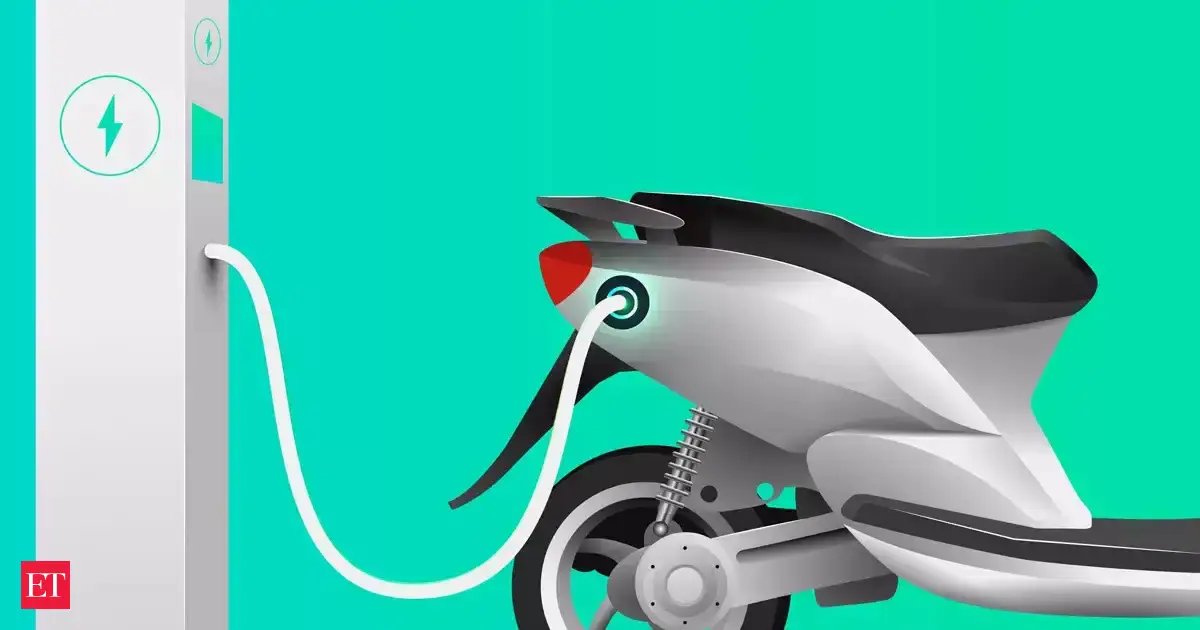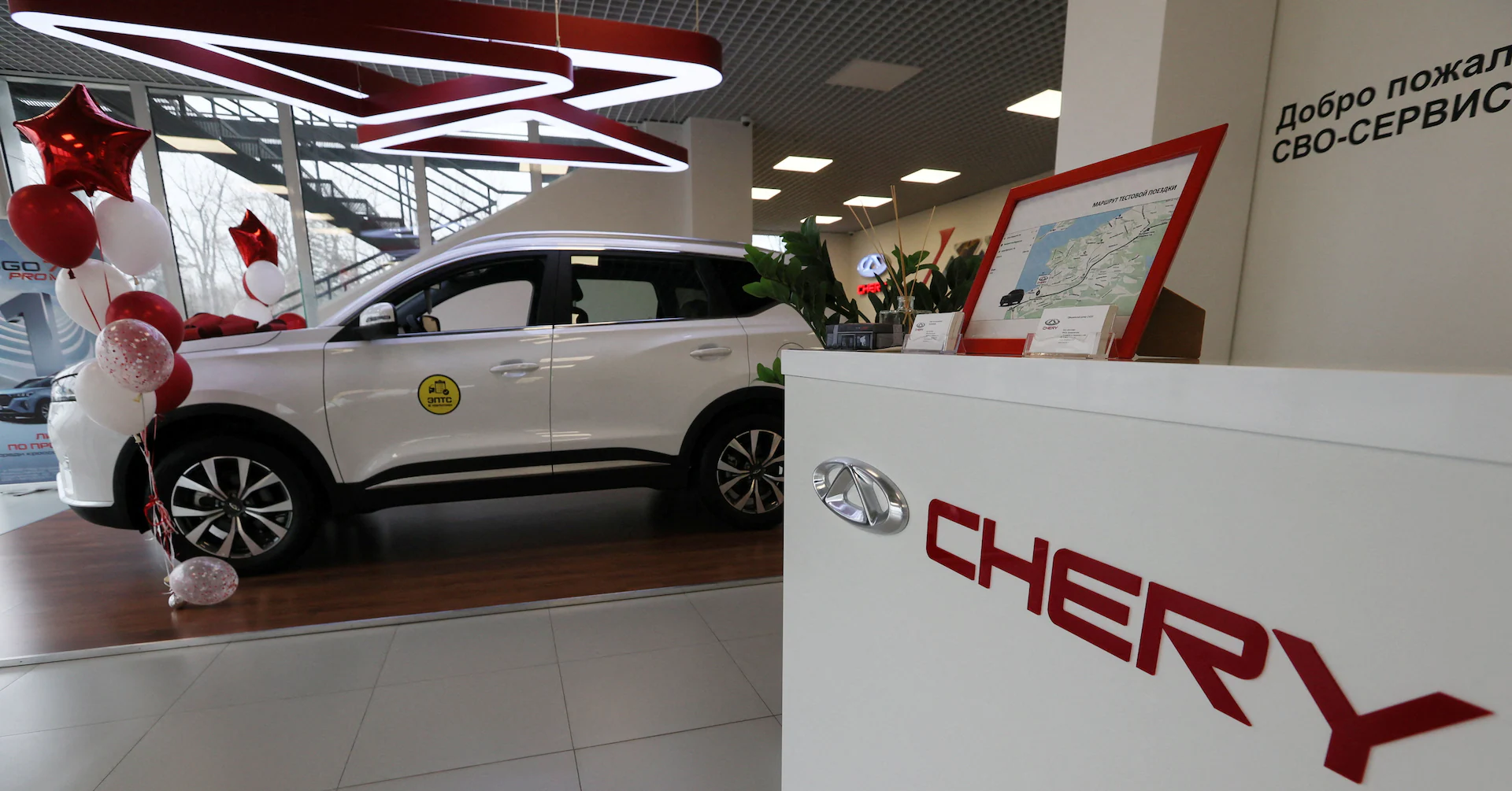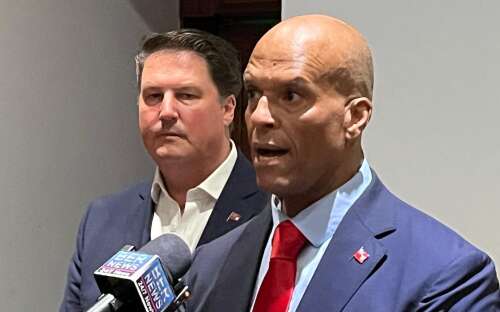By Shally Mohile
Copyright indiatimes

The battle for dominance in India’s electric scooter market is moving from flashy launches to the nuts and bolts of engineering — the motor. With China curbing exports of heavy rare earth (HRE) magnets, a critical component in EV drivetrains, automakers are scrambling for alternatives.Bengaluru-based Simple Energy on Tuesday said it has begun commercial production of HRE-free motors, the first by an Indian manufacturer. Designed in-house and produced at its Hosur plant in Tamil Nadu, the motors replace HRE magnets with alternate compounds without affecting torque or performance. “The future of electric mobility must be built on self-reliance,” said Suhas Rajkumar, CEO and co-founder. Prices of its scooters will remain unchanged.The development comes as the magnet shortage continues to disrupt production across the sector. Automakers from legacy players to startups have been forced to recalibrate strategies, cut output, and search for substitutes. Bajaj Auto, for instance, saw its e-scooter sales drop 30% year-on-year in August to 11,730 units, slipping from second to fifth place in the market. To tide over the crunch, the company said last month it is switching to light rare earth (LRE) magnets.TVS Motor, the segment leader, has also acknowledged the challenge. In a recent media call, a company executive described the situation as “day-to-day management,” adding that TVS is resizing locally available magnets, exploring short-term fixes, and in the longer run working on ferrite and HRE-free solutions, as well as sourcing outside China.Ola Electric sold 16,646 units in August to regain the second spot with a 17.4% share and is developing ferrite-based motors. Ather Energy, close behind with 16,543 units, logged record monthly sales of 17,856 units, led by its new family scooter Rizta.Live EventsA total of 813,893 electric two-wheelers were sold in India in the first eight months of FY26, up 12% from a year earlier. Simple, which has yet to enter the top 10 by volume, faces a steep climb in a market dominated by established rivals.Its scooters — the Simple One Gen 1.5 (248 km claimed range) and the OneS (181 km) — are priced between ?1.1 lakh and ?1.5 lakh (ex-showroom). The company currently has 42 stores, with plans to double that by year-end. Revenues stood at ?40 crore in FY25 and ?27 crore in Q1 FY26. Dispatches are expected to rise to 5,000 scooters a month by October. A sub-?1 lakh family scooter is in the pipeline, alongside an IPO in FY27 to raise about $350 million.Analysts say the industry’s shift toward HRE-free designs reflects a broader trend rather than a single-company breakthrough. With export approvals stuck in China, OEMs are weighing multiple options — from LRE-based and ferrite magnets to, eventually, magnetless motors.For now, the shortage has exposed the risks of concentrated supply chains and highlighted the urgency of localisation.Add as a Reliable and Trusted News Source Add Now!
(You can now subscribe to our Economic Times WhatsApp channel)
Read More News ontvs motorather energyIndia electric scooter marketSimple Energyelectric mobilityOla Electric salesTVS Motorbajaj auto
(Catch all the Business News, Breaking News, Budget 2025 Events and Latest News Updates on The Economic Times.) Subscribe to The Economic Times Prime and read the ET ePaper online….moreless
(You can now subscribe to our Economic Times WhatsApp channel)Read More News ontvs motorather energyIndia electric scooter marketSimple Energyelectric mobilityOla Electric salesTVS Motorbajaj auto(Catch all the Business News, Breaking News, Budget 2025 Events and Latest News Updates on The Economic Times.) Subscribe to The Economic Times Prime and read the ET ePaper online….moreless



